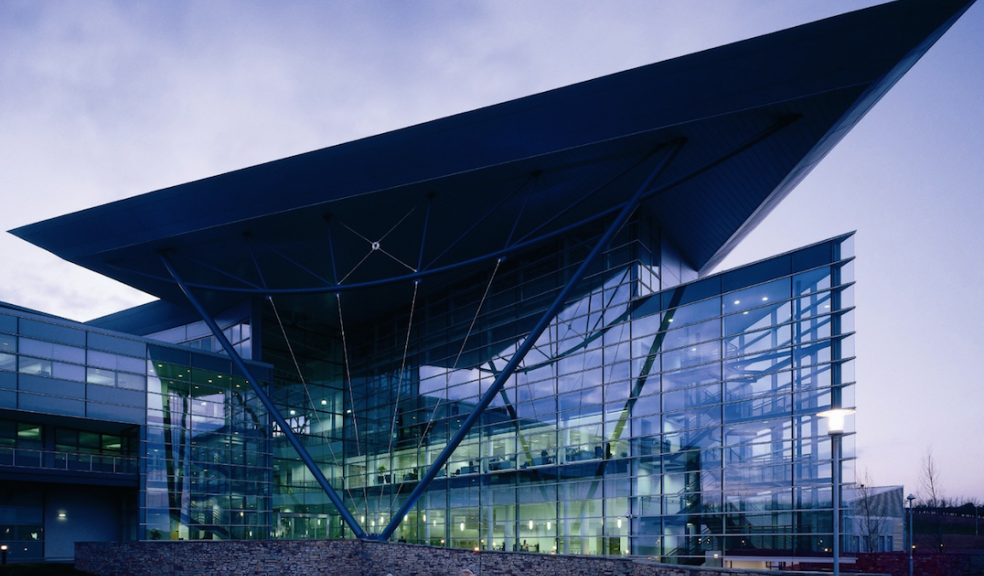
£97m Met Office supercomputer confirmed
A new £97m Met Office supercomputer will cement the UK's position as a world leader in weather and climate prediction.
The weather's volatility has long been a popular British conversation topic - but the Government's plans for a new £97m supercomputer unveiled today will cement the UK's position as a world leader in weather and climate prediction.
This supercomputer will be 13 times more powerful than the current system used by the Met Office and will have 120,000 times more memory than a top-end smartphone.
Enabling forecast updates every hour and the ability to provide very high detail weather information for precise geographical areas, the world-leading High Performance Computer (HPC) will help the UK to predict disruptive weather events such as flooding, strong winds, fog and heavy snowfall more effectively.
The supercomputer's impressive computing power also opens up the potential for higher resolution models, which would have the ability to pinpoint more detail for small scale, high-impact weather. For example applying very high resolution (300m) models could help better determine the risk and timing of fog over airports.
Scientists will also explore the benefits of adapting the resolution to improve UK winter forecasts out to months ahead, and assessing the specific regional impacts of climate change such as floods, droughts and heatwaves.
The supercomputer's sophisticated forecasts are anticipated to deliver £2bn of socio-economic benefits to the UK by enabling better advance preparation and contingency plans to protect peoples' homes and businesses.
Chief Secretary to the Treasury, Danny Alexander, said: "We are a country fascinated by the weather, so it's no surprise that from early barometers to this weather supercomputer, we've always led the way in developing technology to predict the weather.
"This £97m investment is a crucial part of the government's wider drive to make the UK the best place in the world to do science and research. By bringing world-class technology to the south west, we are also boosting regional investment and expertise, creating a stronger economy and fairer society."
Universities, Science and Cities Minister Greg Clark said: "This is an investment that says the UK believes in science, putting us up there with the very best in the world enabled by technology that will make huge strides in weather and climate forecasting.
"I have been eager to make this happen for some time, and I am confident that the supercomputer will make this nation more resilient and better prepared for high impact weather and boost the economy - improving lives up and down the country."
The supercomputer, which will be based at the Met Office and Exeter Science Park, will be able to perform more than 16,000 trillion calculations per second, and at 140 tonnes, will weigh the equivalent of 11 double decker buses.
As one of the most powerful supercomputers in the world when fully installed, it will also be a catalyst for regional growth in the South West, supporting collaboration and partnerships between science, business and academia.
High performance computing is an essential component of everything the Met Office does - from daily forecasts to severe weather warnings, as well as climate change research and domestic and international collaborations.
Met Office Chief Executive Rob Varley said: "We are very excited about this new investment in UK science. It will lead to a step change in weather forecasting and climate prediction and give us the capability to strengthen our collaborations with partners in the South West, UK and around the world.
"The new supercomputer, together with improved observations, science and modelling, will deliver better forecasts and advice to support UK business, the public and government. It will help to make the UK more resilient to high impact weather and other environmental risks."
The first phase of the supercomputer will be operational in September 2015 and the system will reach full capacity in 2017.

















